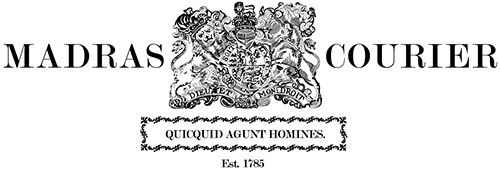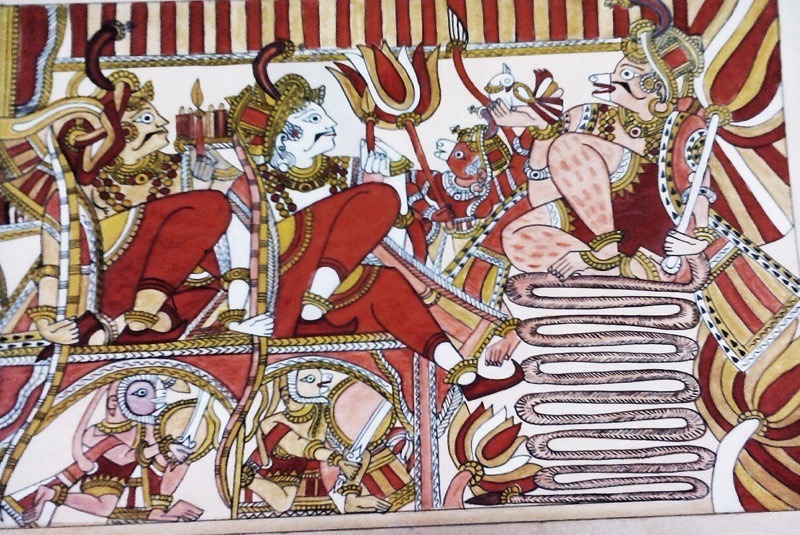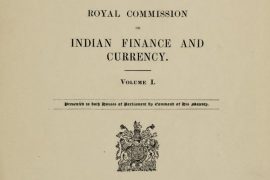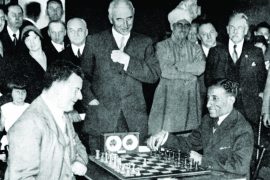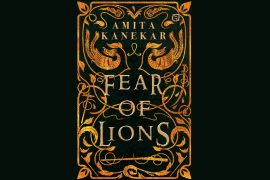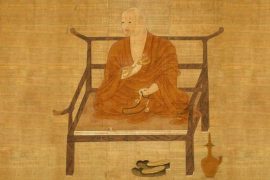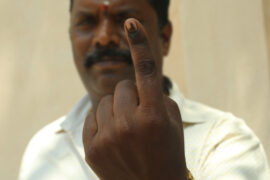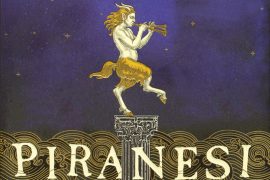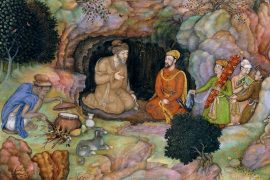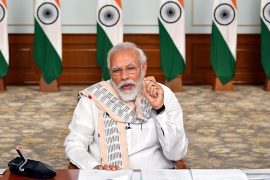When American and European comics were brought to India in the 1950s and 60s, they became an instant hit; series such as The Phantom, Tin Tin, Rip Kirby, and Superman tickled the imagination of young readers. However, they were expensive and limited to children who could understand English.
Soon, Indian publishers adopted the medium and began translating American comic books, allowing youngsters nationwide to read and enjoy Western superheroes. One thing led to another, and local publishers hopped on the train, introducing local superheroes and themes more relevant to the Indian public.
While the imports of comic books may have started the frenzy, the Indian tradition of telling stories with pictures goes back centuries. As early as the eleventh century, bards called maṅkha or māgadha travelled throughout the country and used pictures to narrate religious stories as they sang.
Chitrakathi of Maharashtra told stories with different frames of pictures in a scroll, just like paṭuā storytellers of West Bengal, Jharkhand, Bihar, and Orissa. Gondi people of central India decorated mud walls and floors with patterns that acted like a “visual language.”
India’s love for visual storytelling explains the success of comic books and cartoons. At first, pictures were part of a performance; with comic books, they became part of literary works for reading.
In a sense, the Indian comic book industry existed way before European comics came to India; it started with the publications of Delhi Sketch Book, the first “Western-imitating magazine.” While the Delhi Sketch Book did not tell stories narrated by characters like a comic strip, it was a visual magazine with caricatures and cartoons parodying current issues.
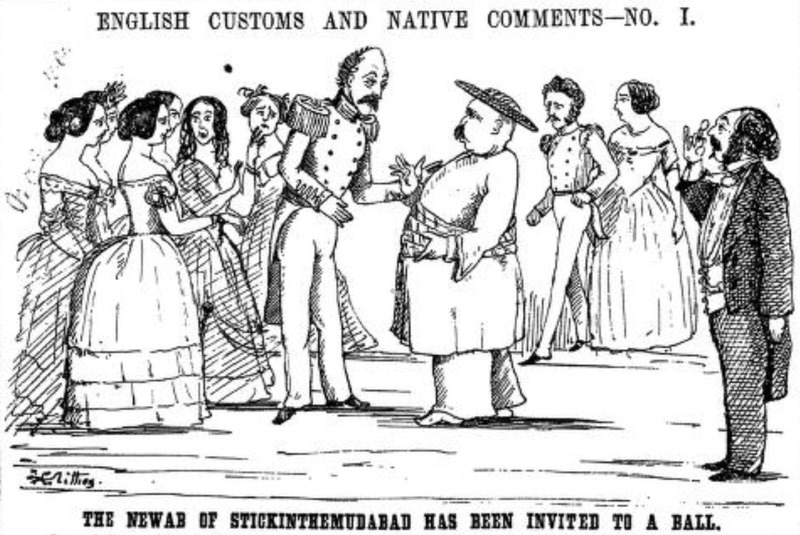
The Delhi Sketch Book was inspired by the English weekly magazine Punch. Much like the magazine that inspired its existence, it used caricature and satire, “juxtaposed pictorial and other images in deliberate sequence intended to convey information and/or produce an aesthetic response in the viewer.”
Just like the Punch, the streets of London, youth, and servants were recurring themes of the magazine. It allowed the reader a “mess and club gossip, with a dash of the drawing-room and field,” writes Ritu Gairola Khanduri in her book, Caricaturing Culture in India: Cartoons and History in the Modern World.
Looking at old copies stored in the library of Rashtrapati Bhavan, the Delhi Sketch Book, published by the Delhi Gazette, seems to have been a magazine made for the English residents of India. The magazine was not only published in English but also curated to please colonial masters.
The copy contains ghost stories, mysteries, lectures, “oriental” tales, poetry, songs, and sarcastic cartoons. The magazine served a bit of news and much more entertainment. The Delhi Sketch Book seems the kind of magazine people would read to spare a burst of laughter.
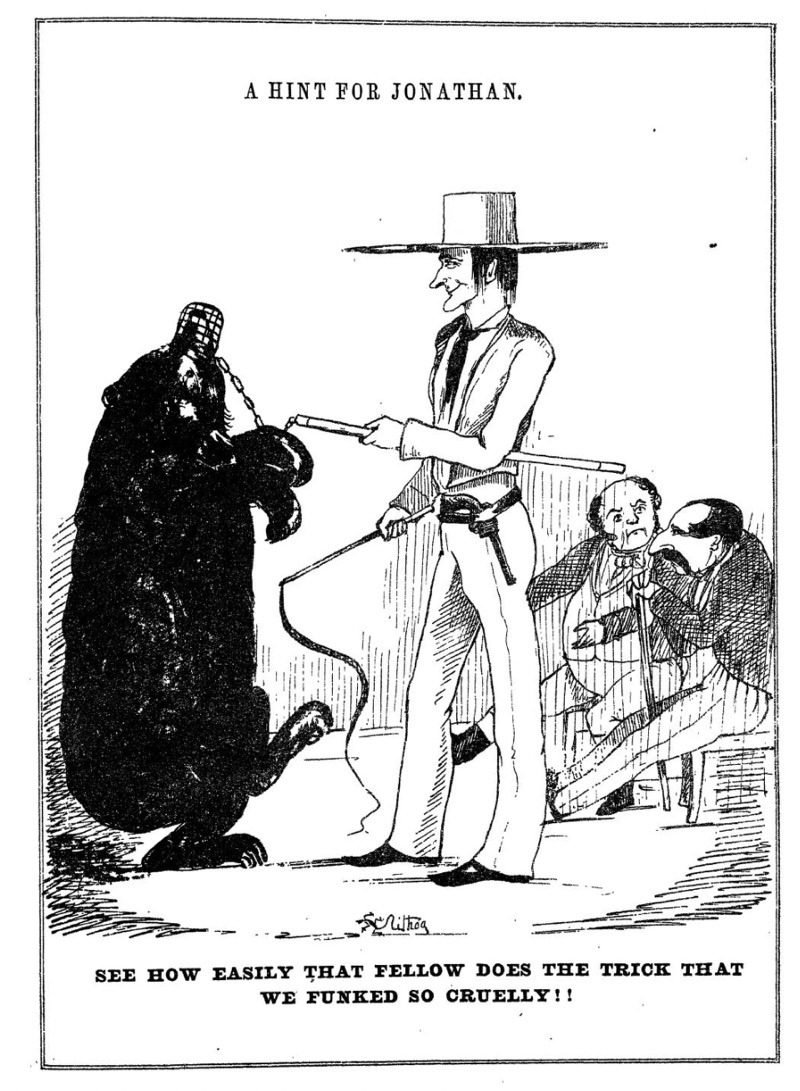
The cartoon depictions are mostly English noblemen and rarely Indian subjects of the crown. If the cartoon depicts Indians, it is through the gaze of Britishers. They are either the poor, the pitiable, the servants, or the powerless. The Delhi Sketch Book pokes fun at the workings of the British administration and life in colonial India; it gives “a nearer view of military and official life more than any other periodical” of the time.
The Delhi Sketch Book, which averaged 20 pages, was published monthly on the first day of each month. As expected, the magazine was printed in black and white, and the cartoons resembled political cartoons used in newspapers today.
The Delhi Sketch Book initiated Western-style magazines in India. Soon, various publications began printing in vernacular languages to serve Indians; however, the content style remained similar to that of Western magazines.
In the 1950s, when comic books came to India and initiated the process of publishing translations of American and European series, the trend remained the same. For a long time, even when Indian publications launched Indian heroes, they were mostly replicas of the West.
In 1967, Anant Pai’s Amar Chitra Katha started printing religious comic books or stories based on Indian history. They were the first to adopt Indian culture to educate the younger generation about their heritage.
Following that, the comic book industry has never looked back. Since the late 1970s, companies such as Diamond Comics, Raj Comics, Tulsi Comics, etc., have shown great interest in creating local superheroes. Later, in the 1980s, new genres such as horror, thriller, and mystery also emerged, following the footsteps of the US market. Constantly working on innovation, comics have found their place in the hearts of youngsters and adults alike.
Today, old copies of comics are vintage treasures. Pages of the Delhi Sketch Book can be found on sale as artefacts, preserved and framed. The publication symbolises the growth of the comic book industry in India. What started as a means of entertainment for Britishers in colonial India translated into a culture of caricature and cartoons in India.
-30-
Copyright©Madras Courier, All Rights Reserved. You may share using our article tools. Please don't cut articles from madrascourier.com and redistribute by email, post to the web, mobile phone or social media.Please send in your feed back and comments to [email protected]
